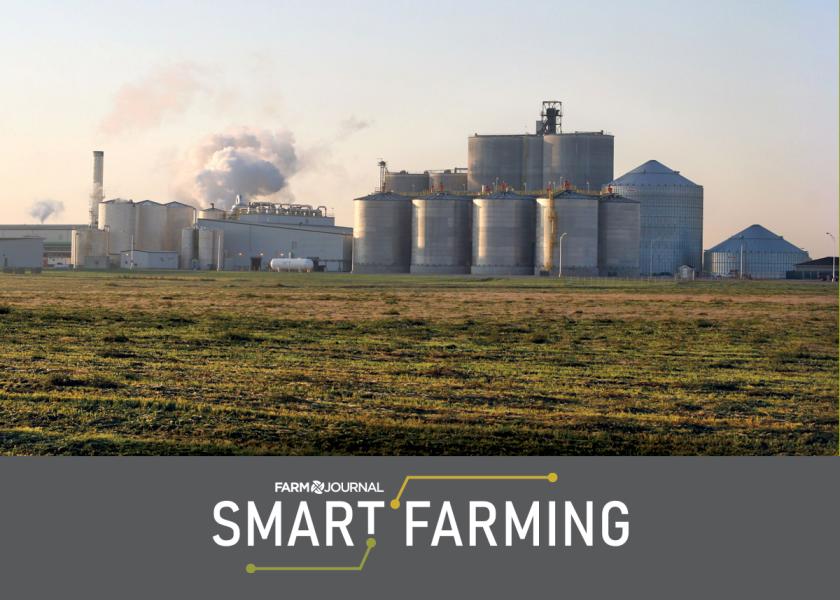How To Increase Your Potential SAF Tax Credits Now

With sustainable aviation fuel (SAF) tax credits beginning in 2025, the practices farmers use during the 2024 growing season will have a direct impact on their ability to take advantage of these incentives.
Mitchell Hora of Continuum Ag recently joined the Top Producer podcast to share the best ways to begin preparing now.
“If you're selling to a biofuel plant, the company will be asking you for management information, and they might be just directly asking you for your carbon intensity score,” Hora says.
A grower’s carbon intensity (CI) score is calculated based on a tool from the U.S. Department of Energy called the Greenhouse Gases, Regulated Emissions and Energy Use in Transportation (GREET) model. The score can vary from field to field and year to year.
According to Hora, the GREET model tells growers what their crop’s carbon footprint is. And for the corn and soybeans that will be planted this spring, the footprint is already being made.
“To maximize this opportunity in the calendar year 2025, we need to optimize the carbon intensity of the corn that we're going to grow, and the soybeans we’re going to grow in 2024,” he says. “The practices that we did this fall, like tillage, manure, fertilizer and cover crops directly impact the carbon intensity of this 2024 crop.”
The upcoming tax credits are dependent on the crop’s CI score, and the maximum credit would be $1 per gallon for ethanol and biodiesel and $1.75 per gallon for SAF. However, Hora doesn’t advise expecting to receive that value.
“I think it’s going to be tough to get there,” he says. “If my corn has a CI score of zero, it doesn’t necessarily mean the ethanol has a score of zero because there are a lot of other factors that go into it.”
He shares on average, U.S. ethanol has a CI score of 55.5 while U.S. corn has a CI score of 29 – though he has seen scores range from 44 to -13.
How to Find and Improve Your Score
As far as how to figure a CI score, producers can download the GREET model and input their data, but Hora warns it can get complicated. He shares Continuum Ag has developed a program that simplifies the model, though there is a fee to access it.
“It plugs in your typical fertilizer, typical yield, what you do for tillage, if you use cover crops, fuel usage, etc.,” he says. “Then we run the actual GREET model and as they create updates, we’re ready for it and just plug in the new model. All of our farmers will get their updated CI score.”
Once growers receive their CI scores, they may be curious how certain practices change it. Hora lists a few of the ways producers can lower their scores, such as:
• Using a cover crop ahead of corn
• Supplementing or replacing synthetic fertilizer with manure
• Reducing tillage by implementing strip till or no till practices
• Decreasing diesel fuel usage and energy inputs
• Improving yield to spread carbon input across more bushels
He also encourages consulting with your agronomist to find the steps you need to take next.
“We cannot just sit back and wait,” Hora says. “There 6 billion bushels of corn that goes into ethanol every year in this country, and right now all 6 billion bushels have a default CI score. We need to keep having the conversation of getting more farmers aware and getting more farmers to get their CI score.”
To hear more about SAF tax credits, listen to this episode of the Top Producer podcast.
Related Stories:
Carbon’s Next Chapter On The Farm
Carbon Intensity Is Going To Be A Team Sport







